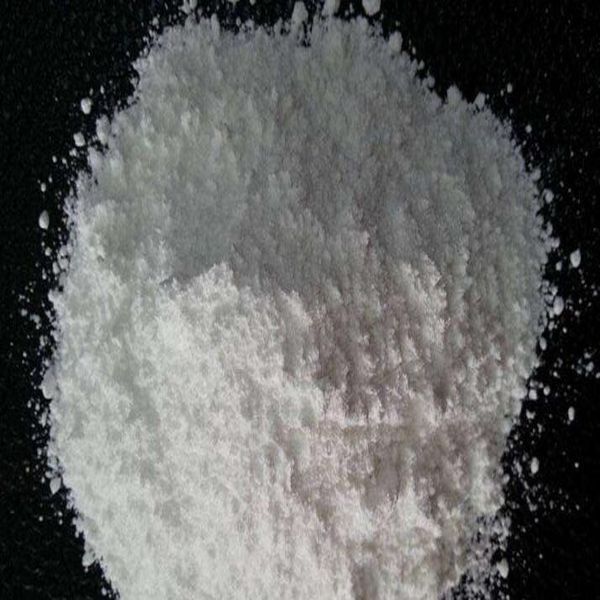Probenecid is a chemically synthesized sulfonamide anti-gout drug, also known as oxybenzene sulfonamide, which has the dual effects of promoting uric acid excretion and inhibiting penicillin excretion. It is used clinically for chronic gout and inhibiting penicillin excretion to increase its plasma concentration. As an adjunct to penicillin treatment. Its mechanism of action is to inhibit the reabsorption of uric acid by the renal tubules, increase uric acid excretion, thereby reducing the concentration of uric acid in the plasma, to reduce the deposition of urate in tissues, and prevent the formation of urate crystals. This product can also promote the dissolution of formed urate, thereby reducing joint damage. In addition, this product can also competitively inhibit the secretion of weak organic acids (such as penicillin, cephalosporin) in the renal tubules, which can increase the blood concentration of these antibiotics and extend their duration of action. This product is easily absorbed by oral administration, and the plasma protein binding rate is as high as 85% to 90%. Adults take 1 g orally every time, the plasma concentration reaches the peak in 2 to 4 hours, and the half-life is 6 to 12 hours. Probenecid is rapidly metabolized in the liver, and the main metabolite is probenecid acetoglutarate. Metabolites are mainly excreted in urine. This product has no anti-inflammatory and analgesic effects, so it is not effective for acute gout.
This product is suitable for:
(1) Hyperuricemia with chronic gouty arthritis and gout stones, adults 2 times a day, 25mg each time, can be increased to 2 times a day, 500mg each time after 1 week. Take about 2500mL of water daily while taking the medicine to prevent the formation of kidney stones, and take alkaline urine medicine if necessary. But must: 1. Glomerular filtration is greater than 50-60mL / min; 2. No history of kidney stones or kidney stones; 3. Non-acidic urine; 4. Those who do not take salicylic acid drugs; pH, liver and kidney function, and uric acid levels in blood and urine; 6, adjust the dose according to the clinical and uric acid levels, and maintain the minimum effective amount for a longer period of time.
(2) As an auxiliary drug for antibiotic treatment, when used together with antibiotics such as penicillin, ampicillin, oxacillin, o-cloxacillin, nafcillin, probenecid can suppress the discharge of these antibiotics, increase the blood concentration and Can last longer.
Post time: May-27-2020
